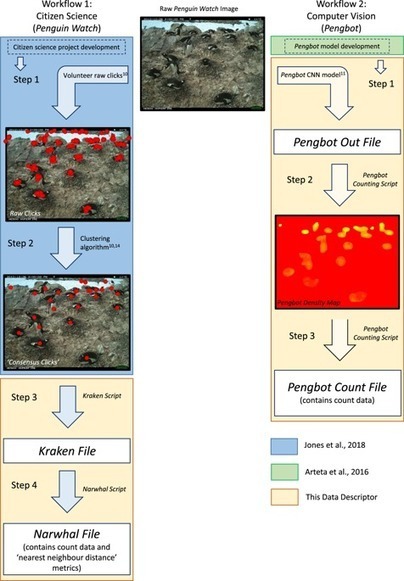In the French West Indies, more than 20 species of cetaceans have been observed over the last decades. The recognition of this hot spot of biodiversity of marine mammals observed in the French Exclusive Economic Zone of the West Indies motivated the French government to create in 2010 a marine protected area (MPA) dedicated to the conservation of marine mammals: the Agoa sanctuary. Threats that cetacean populations face are multiple but well-documented. Cetacean conservation can only be achieved if relevant and reliable data are available, starting by occurrence data.
Research and publish the best content.
Get Started for FREE
Sign up with Facebook Sign up with X
I don't have a Facebook or a X account
Already have an account: Login
Revue de presse et du net par le Pôle de partage des connaissances S&T de l'Office français de la biodiversité
Curated by
DocBiodiv
 Your new post is loading... Your new post is loading...
 Your new post is loading... Your new post is loading...
|
|












Lire toutes les explications de l'in des auteurs : @MegaFaunMar_DNA "Notre travail sur le recensement des observations de cétacés au large de la Guadeloupe vient d'être publié en libre accès dans Biodiversity Data Journal"
Coché L, Arnaud E, Bouveret L, David R, Foulquier E, Gandilhon N, Jeannesson E, Le Bras Y, Lerigoleur E, Lopez PJ, Madon B, Sananikone J, Sèbe M, Le Berre I, Jung J-L (2021) Kakila database: Towards a FAIR community approved database of cetacean presence in the waters of the Guadeloupe Archipelago, based on citizen science. Biodiversity Data Journal 9: e69022. https://doi.org/10.3897/BDJ.9.e69022